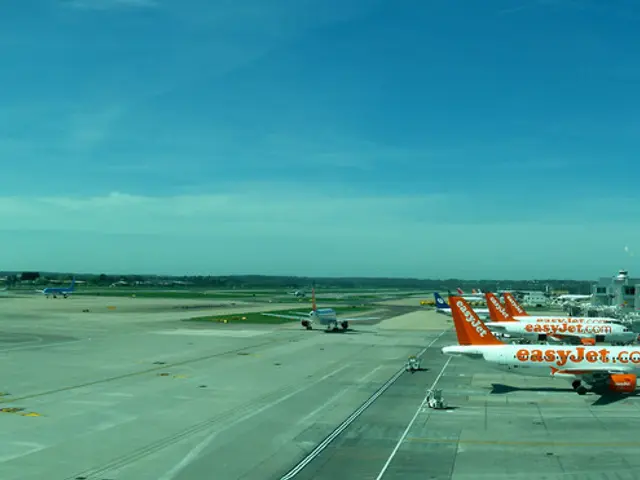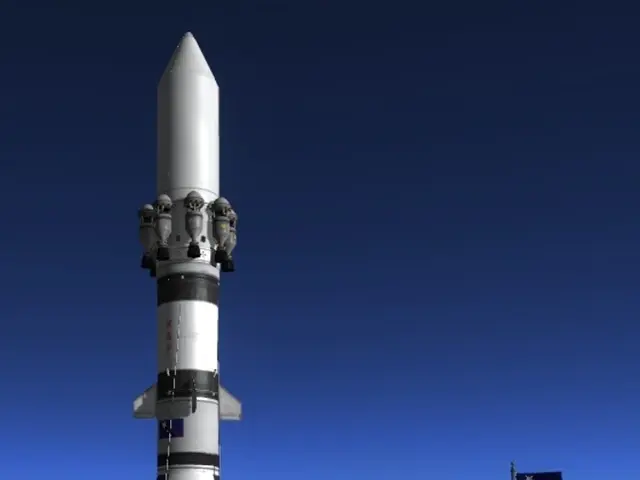EU's Drone Defense: Challenges and Collaboration
European drone production has seen collaboration among countries like Germany and France, with Iran also emerging as a significant player. However, the EU faces challenges in drone defense, particularly against potential threats from Russia. Recent events and developments highlight the urgency and complexity of this issue.
Germany's military officials have raised concerns, stating that the country is 'completely defenseless' against drone threats. While many EU nations have developed drone defense systems independently, their effectiveness has varied. Meanwhile, drone companies in Ukraine are being courted by European interests, but production capacities and rapidly advancing technology pose obstacles.
The EU is exploring the idea of a 'drone wall' on its eastern flank to counter Russia, but implementation faces challenges due to differing national interests. Adapting legislation to shoot down drones, especially those operated by hostile actors, raises safety concerns about falling debris and civilian harm. Ukraine's experiences with drone defense could offer valuable insights, but so far, little has been implemented.
Recent security measures, such as the heavy drone security at the EU summit in Copenhagen, underscore the growing threat. New drone developments, like drone motherships and fiberglass drones, further complicate European defense strategies.
The EU is investing billions to support drone production in Ukraine and is considering a 'drone wall' to bolster its eastern defenses. However, the timeline for implementation remains uncertain, with estimates ranging from one to four years. As drone technology advances and new threats emerge, Europe must address these challenges promptly and cooperatively to enhance its security.







